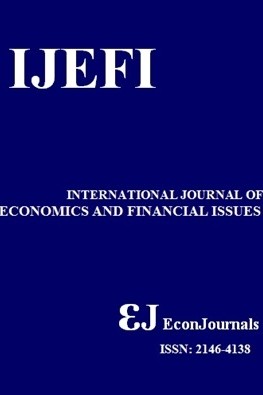Exchange Rate Volatility and its Impact on Industrial Production, Before and After the Introduction of Common Currency in Europe
Exchange Rate Volatility and its Impact on Industrial Production, Before and After the Introduction of Common Currency in Europe
Common Currency Euro, AR-EGARCH, Exchange Rate,
- Başlangıç: 2011
- Yayıncı: İlhan ÖZTÜRK
Efficiency Tests in Foreign Exchange Market
Yi Hsien Lee, Khatanbaatar Sodoikhuu
Pakistan Intra-industry Trade: A Panel Data Approach
Muhammad Shahbaz, Nuno Carlos Leitao, Muhammad Sabihuddin Butt
Theoretical and Empirical Review of Asset Pricing Models: A Structural Synthesis
The Relationship between Macroeconomic Variables and ISE Industry Index
Muhammad Jamil, Erich W. Streissler, Robert M. Kunst
Buscemi Antonino, Yallwe Hagos Alem
Value-at-Risk Analysis for the Tunisian Currency Market: A comparative study
Aymen Ben Rejeb, Ousama Ben Salha, Jaleleddine Ben Rejeb
Oil and Cars: The Impact of Crude Oil Prices on the Stock Returns of Automotive Companies
Bettina Lis, Christian Nessler, Jan Retzmann
Nonlinear Adjustment of Emerging Stock Market Returns: Symmetrical or Asymmetrical
